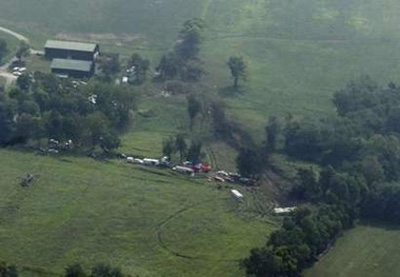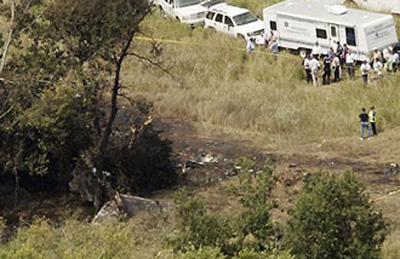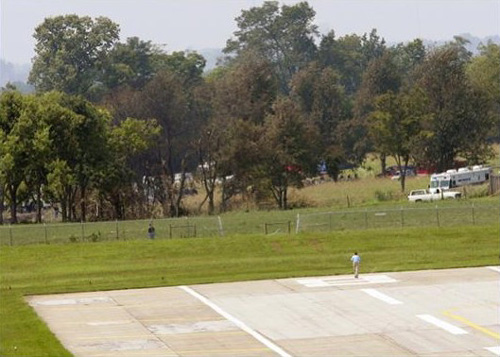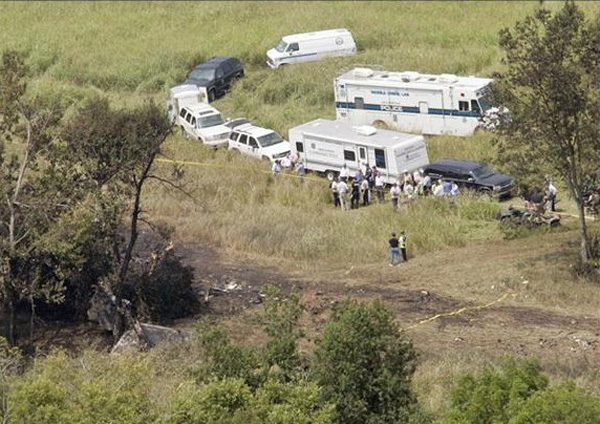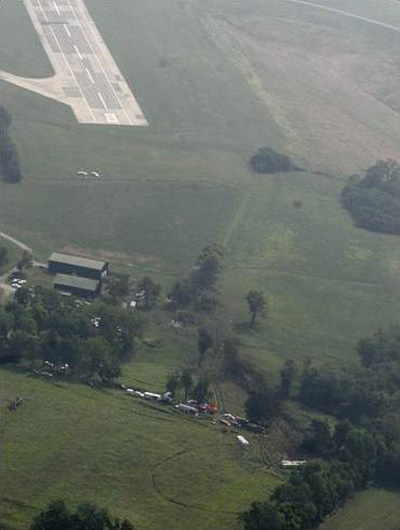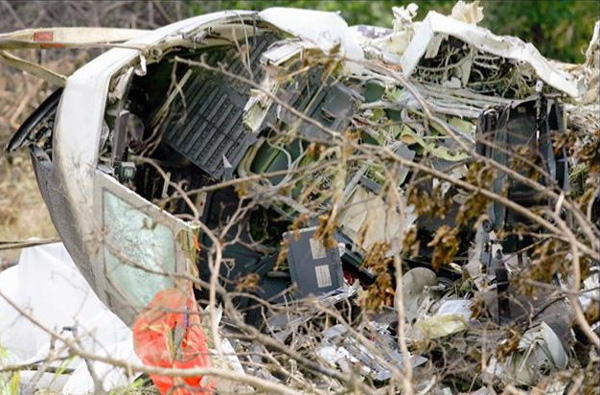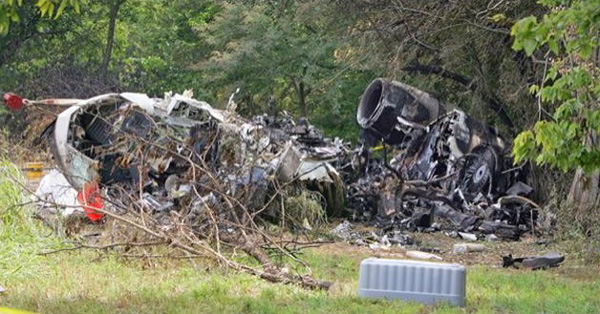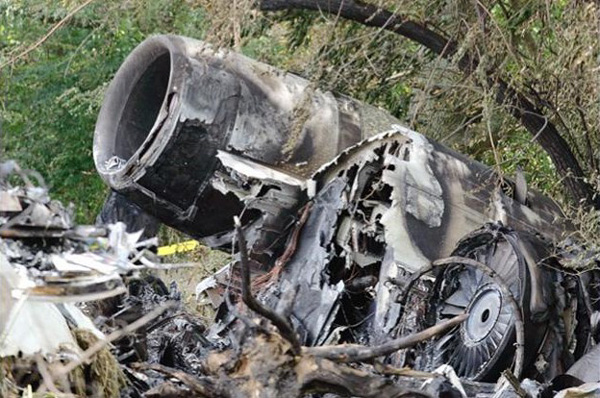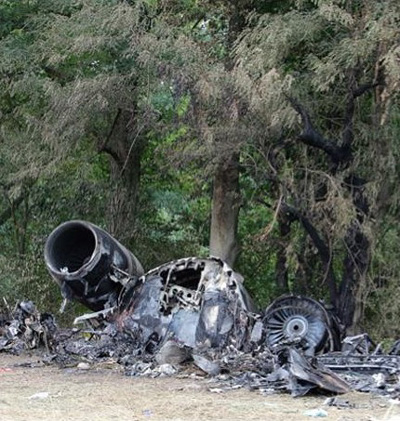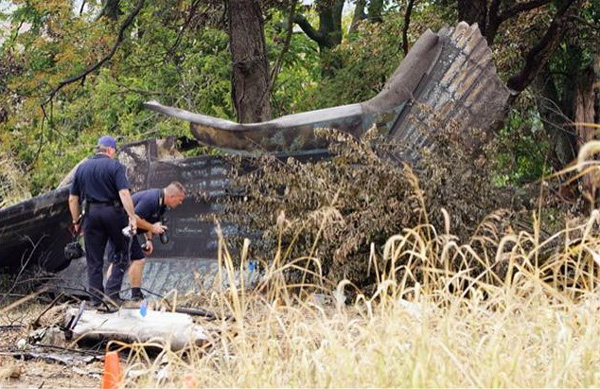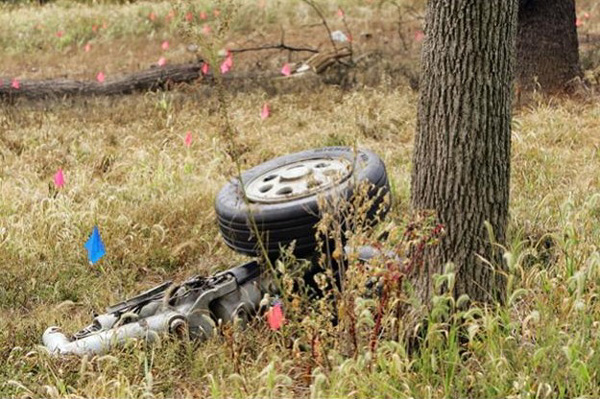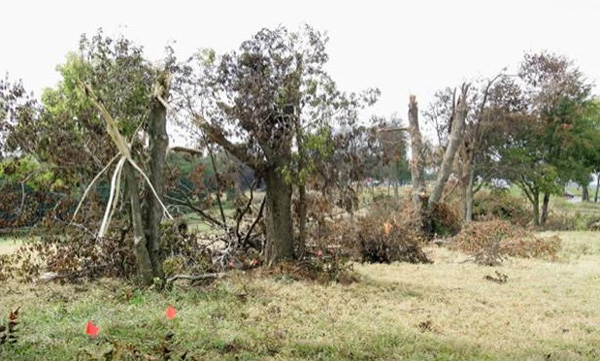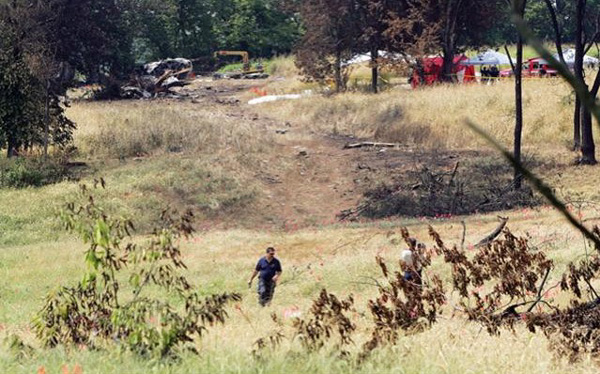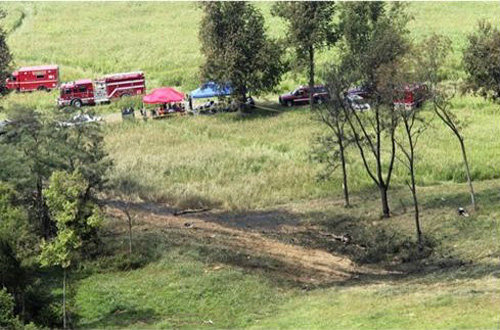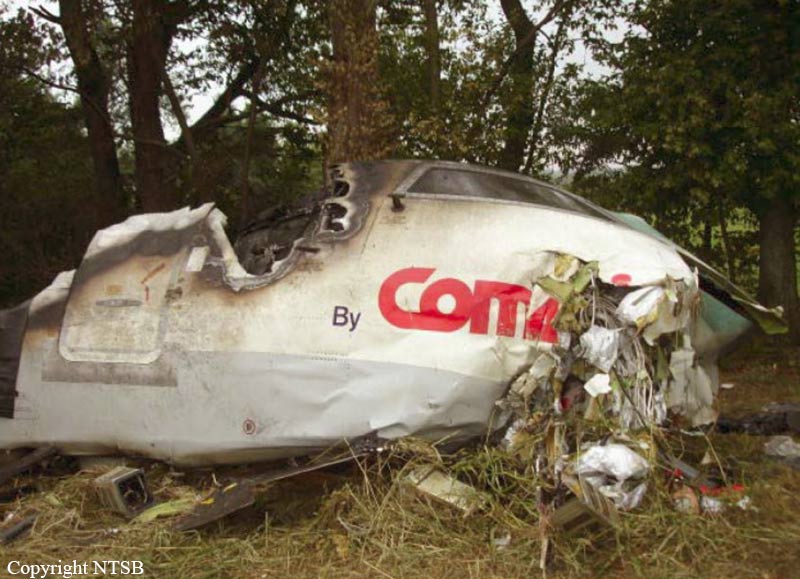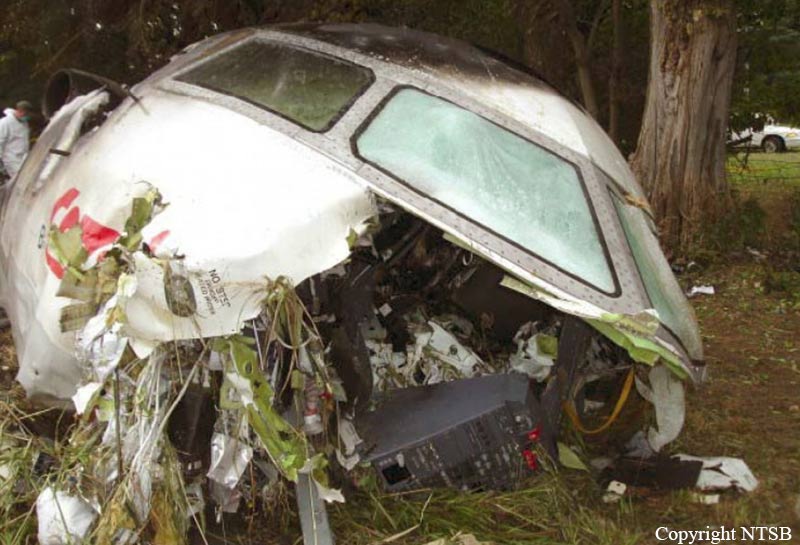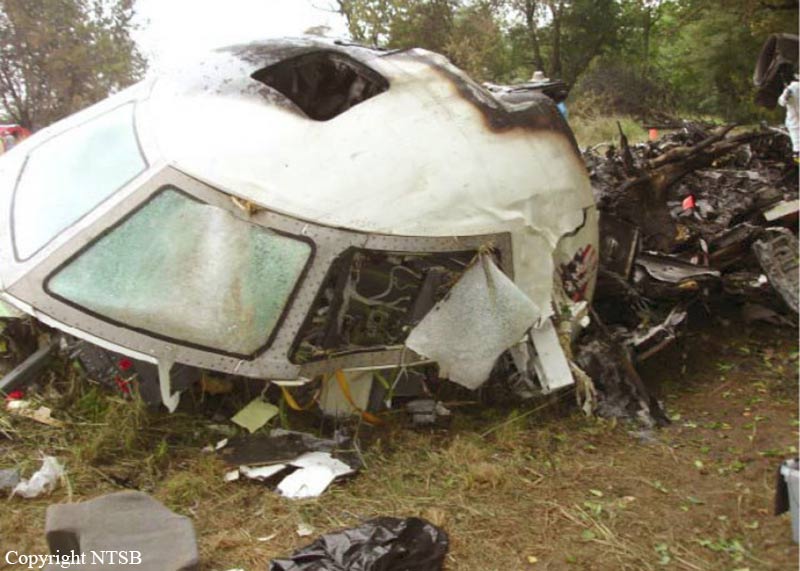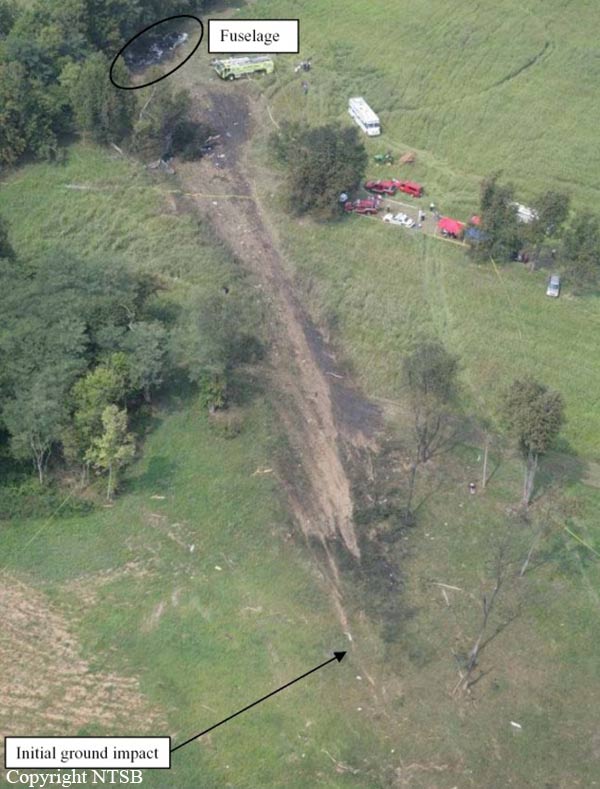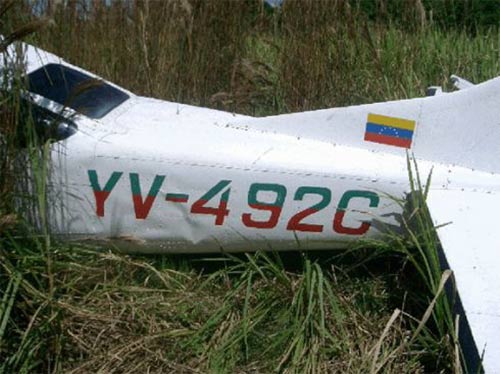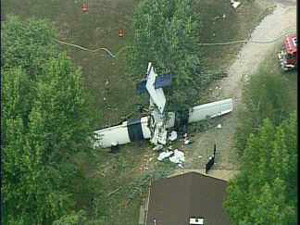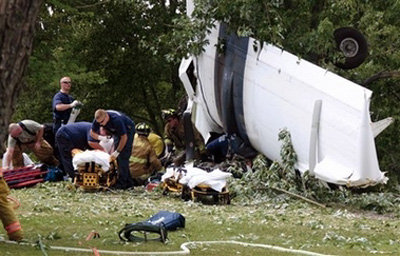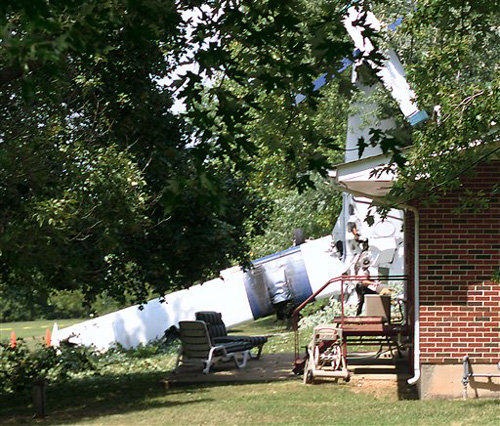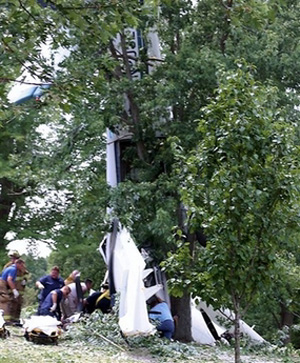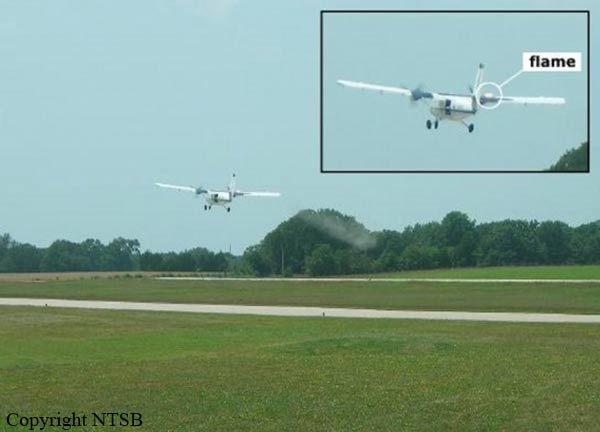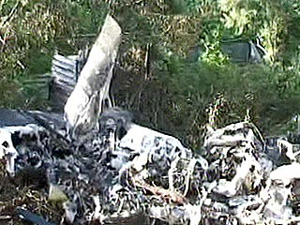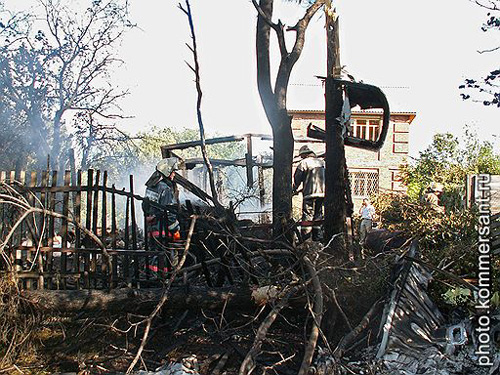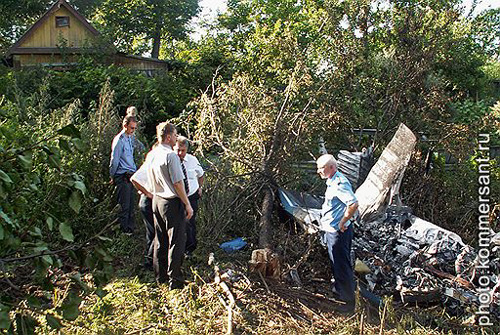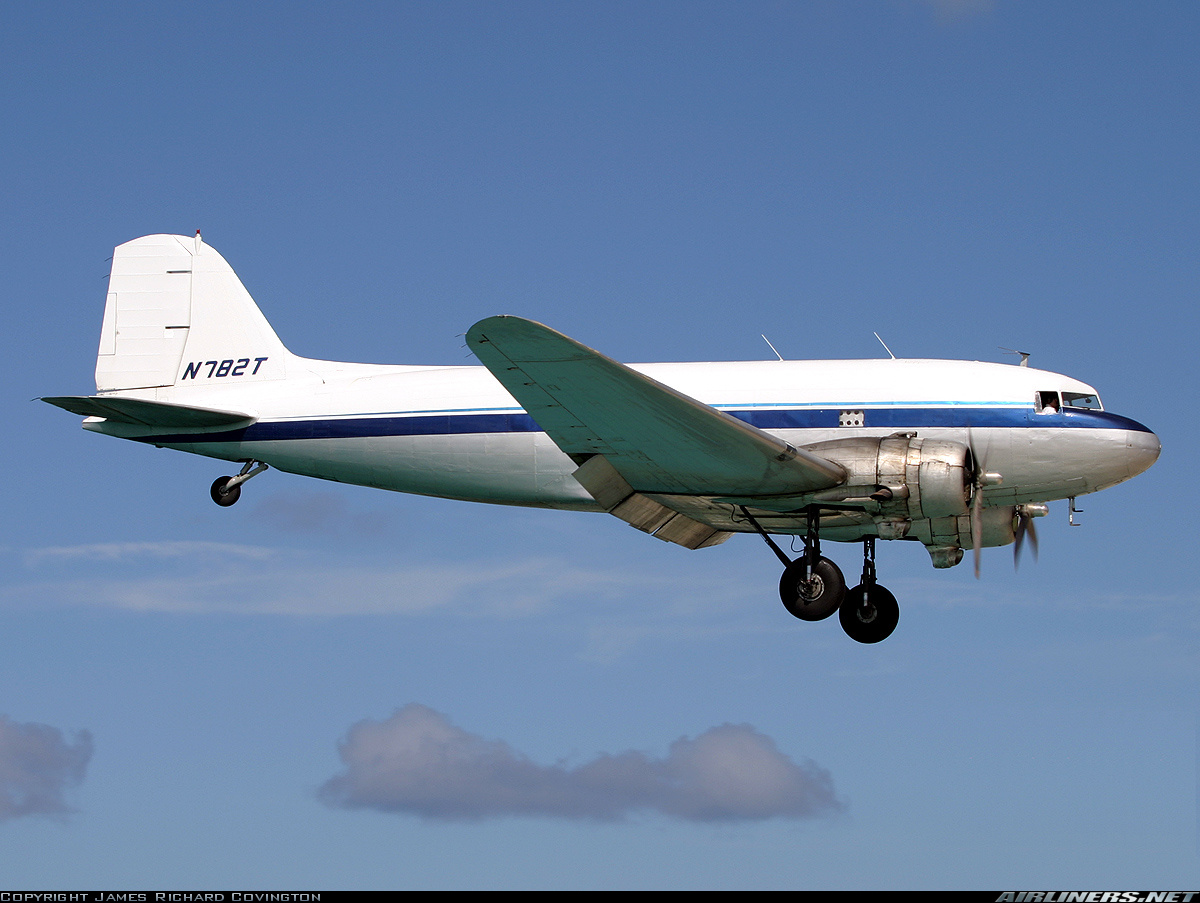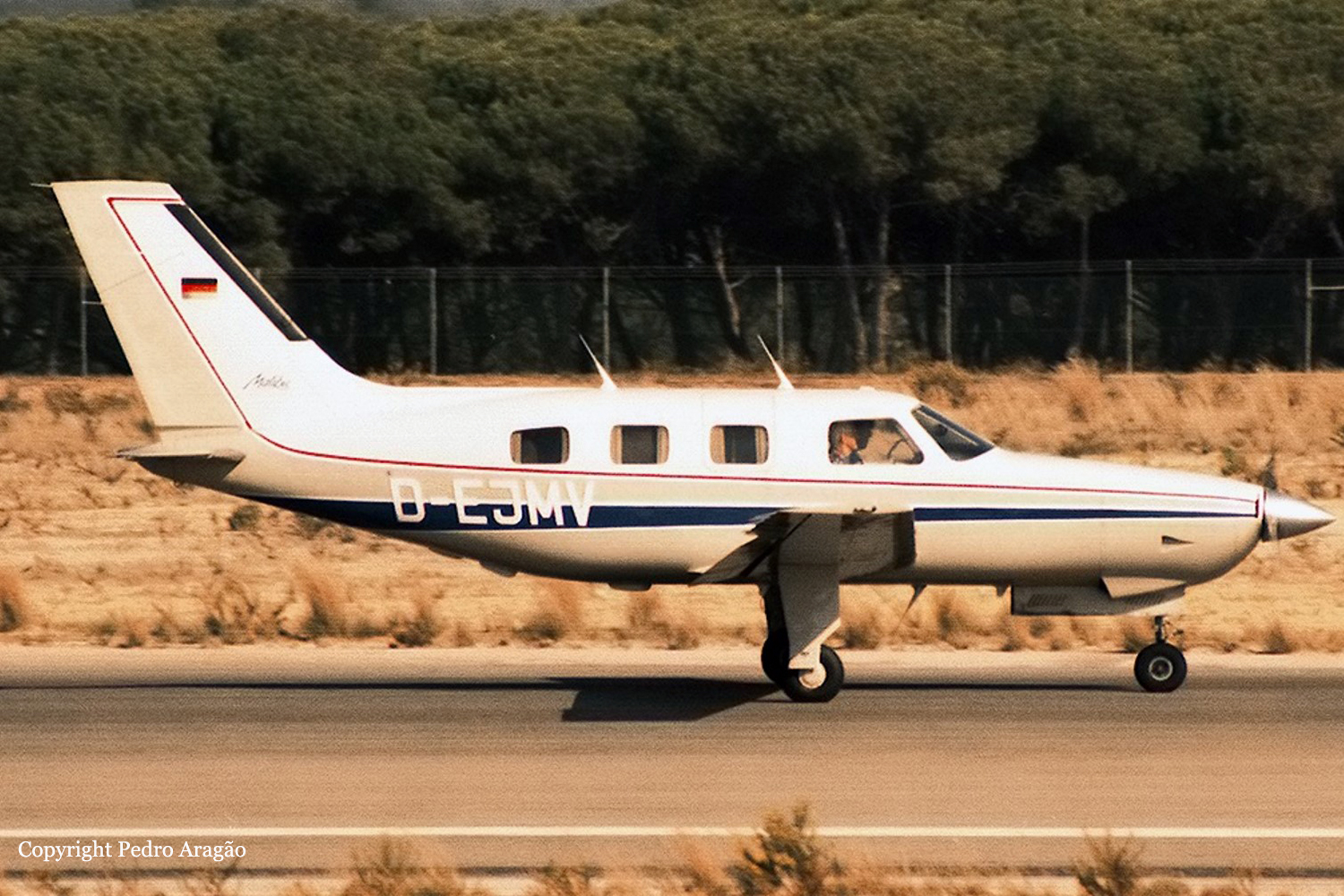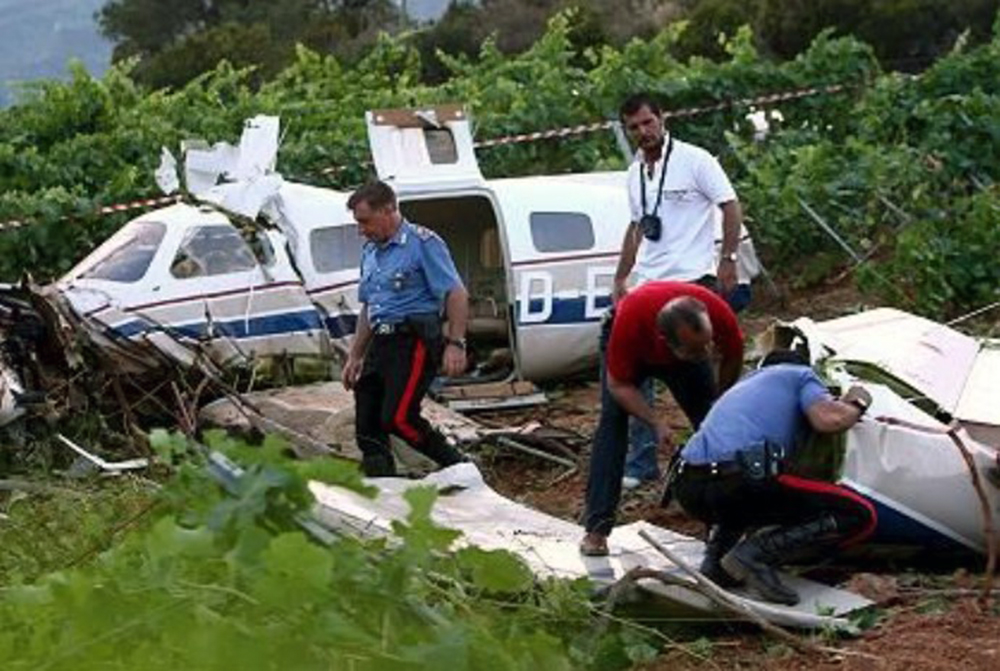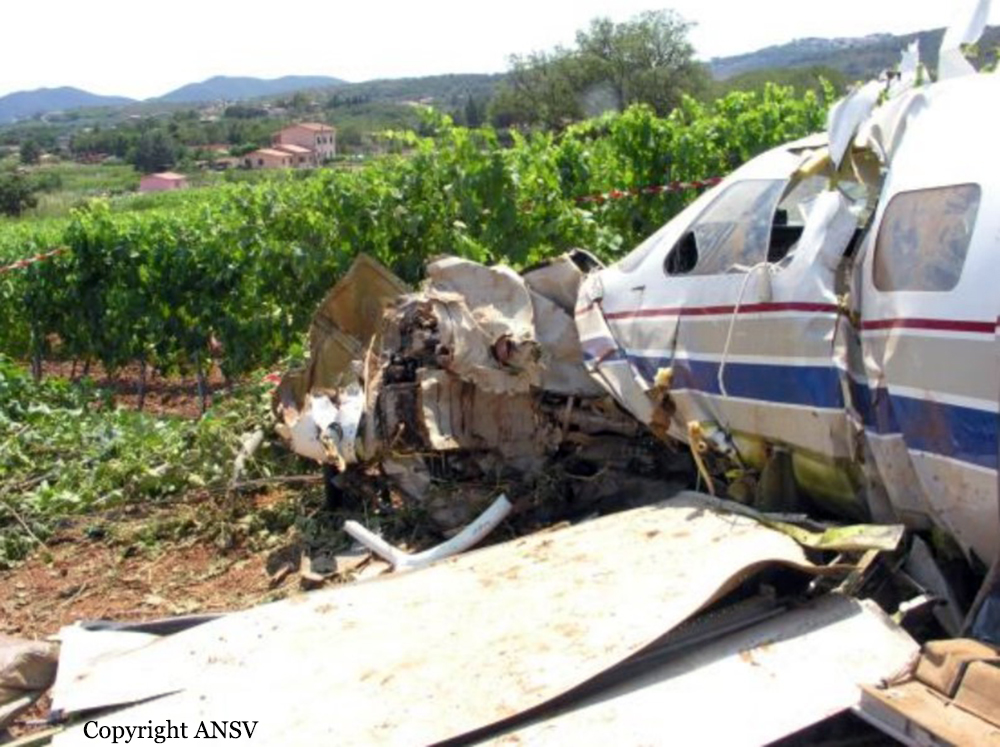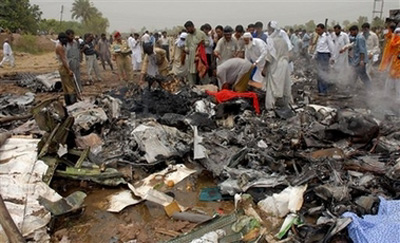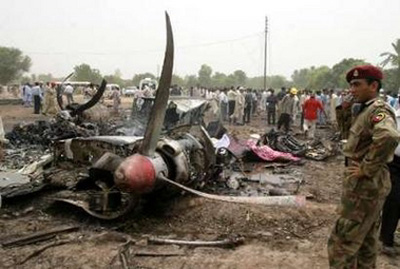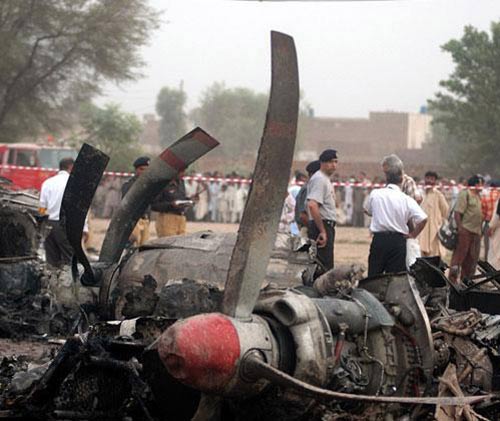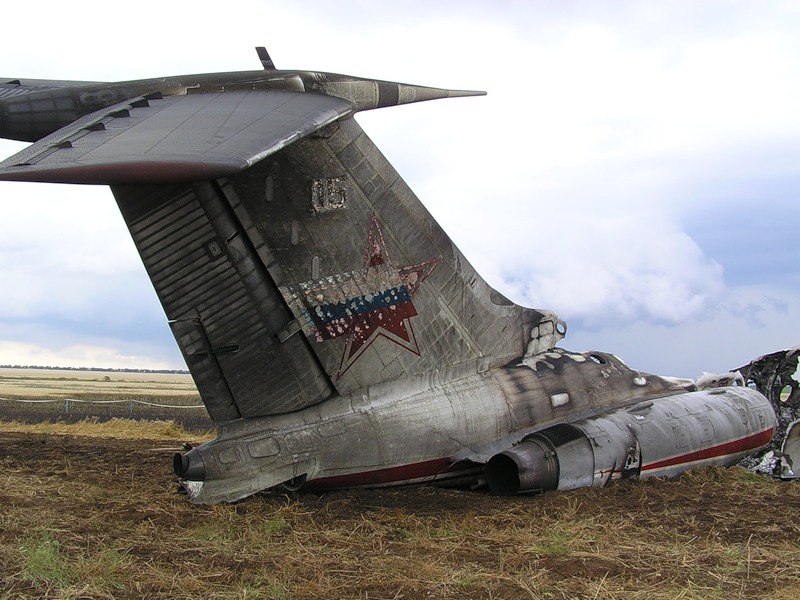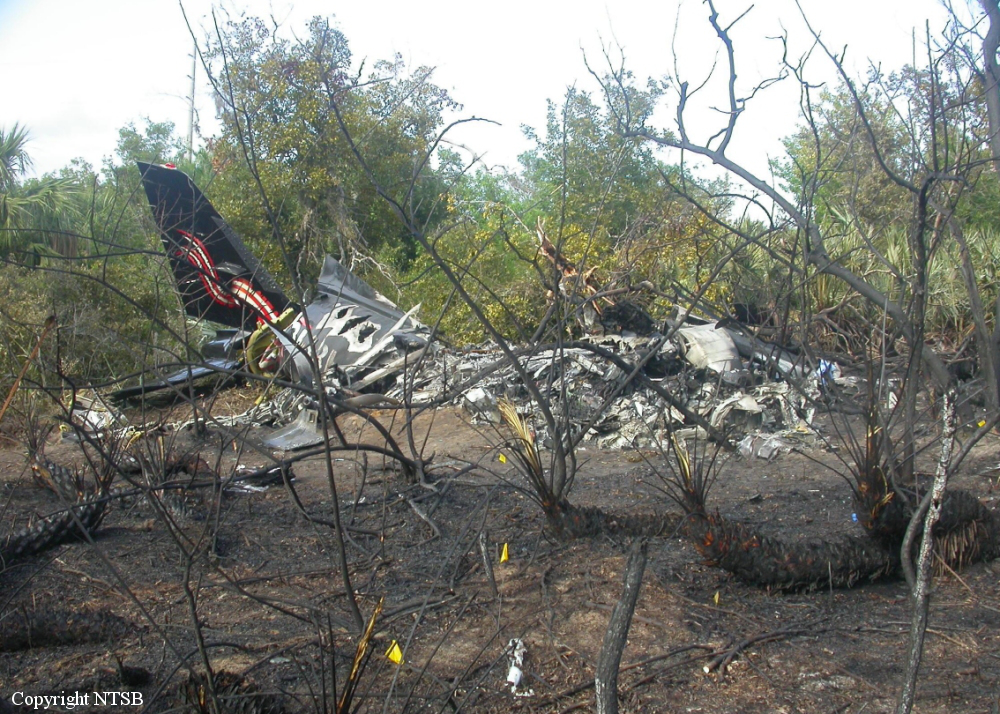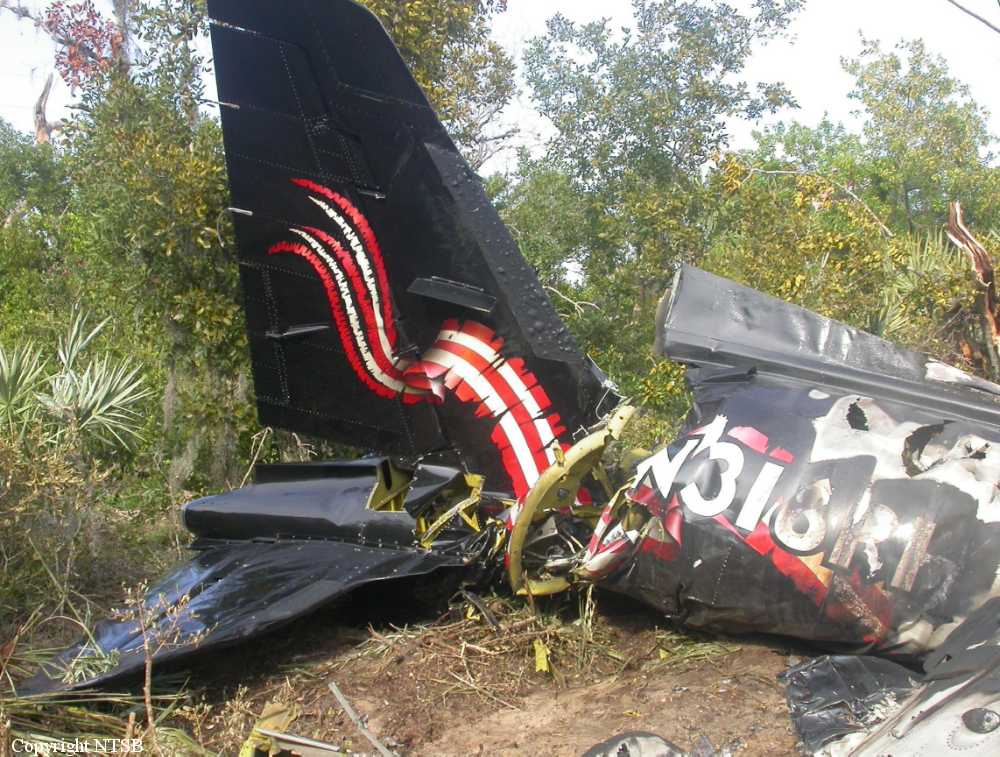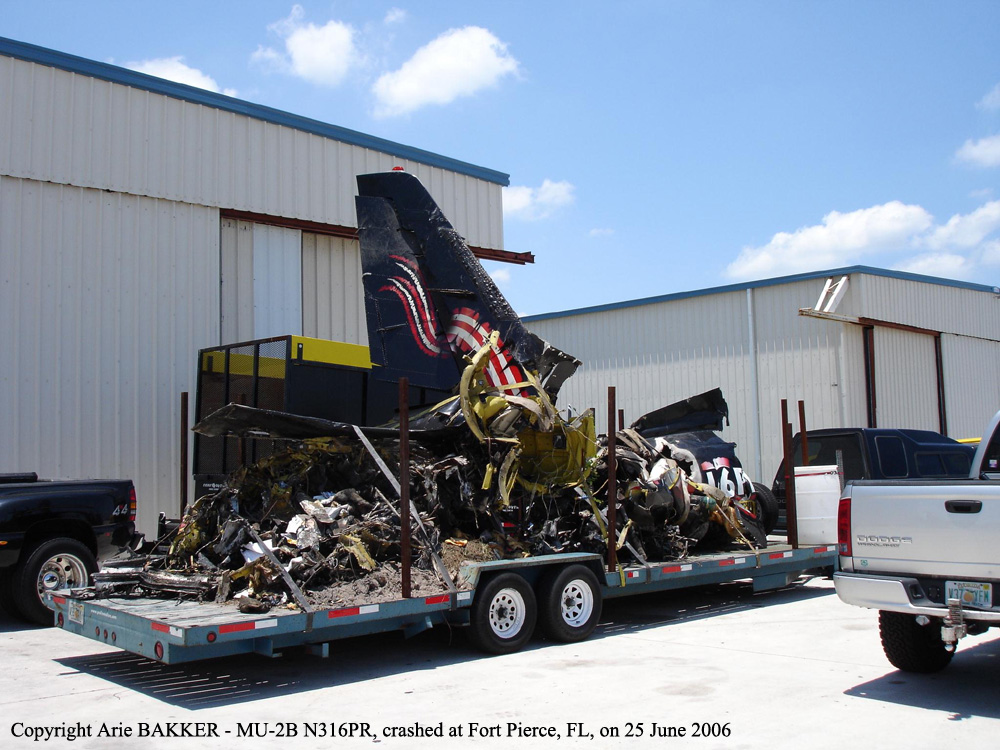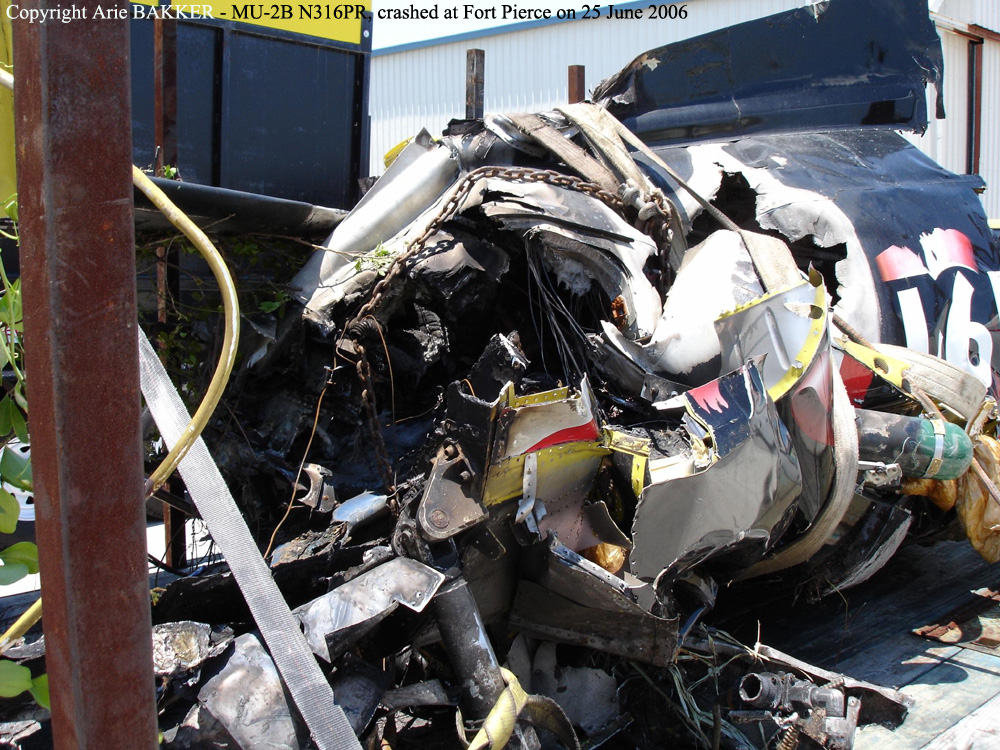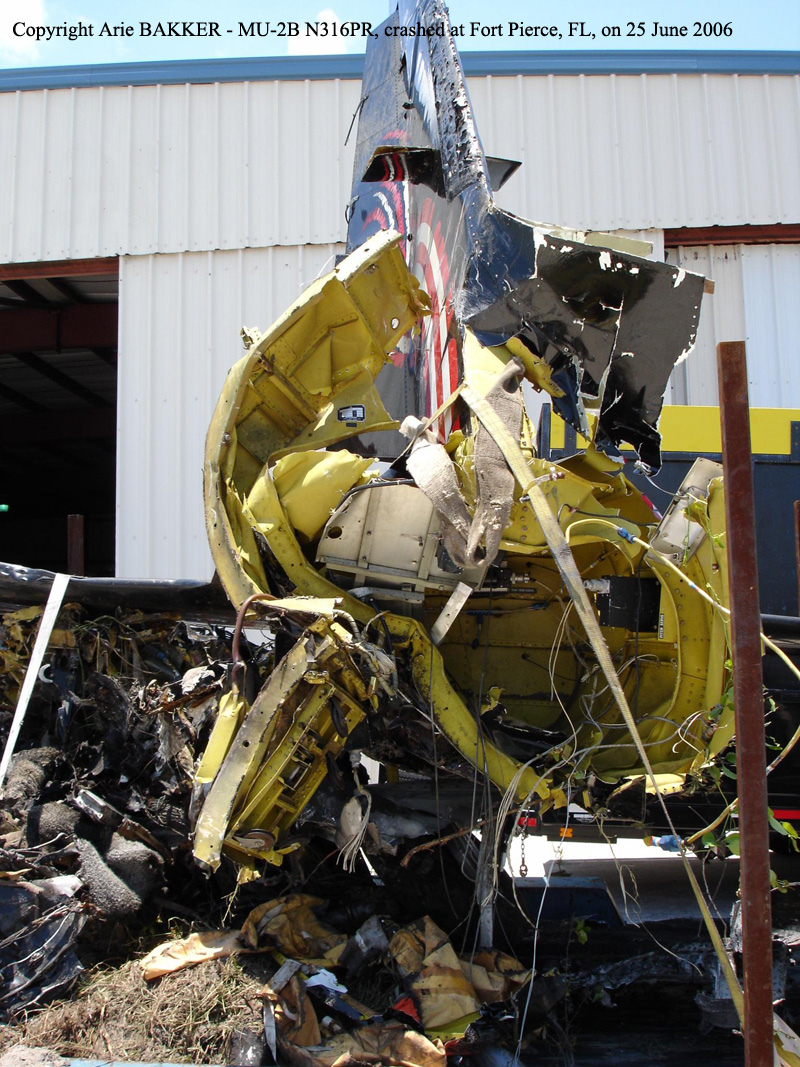Crash of a Canadair RegionalJet CRJ-200 in Lexington: 49 killed
Date & Time:
Aug 27, 2006 at 0607 LT
Registration:
N431CA
Survivors:
Yes
Schedule:
Lexington - Atlanta
MSN:
7472
YOM:
2001
Flight number:
DL5191
Crew on board:
3
Crew fatalities:
Pax on board:
47
Pax fatalities:
Other fatalities:
Total fatalities:
49
Captain / Total hours on type:
3082.00
Copilot / Total hours on type:
940
Aircraft flight hours:
12048
Aircraft flight cycles:
14536
Circumstances:
The aircraft crashed during takeoff from Blue Grass Airport, Lexington, Kentucky. The flight crew was instructed to take off from runway 22 but instead lined up the airplane on runway 26 and began the takeoff roll. The airplane ran off the end of the runway and impacted the airport perimeter fence, trees, and terrain. The captain, flight attendant, and 47 passengers were killed, and the first officer received serious injuries. The airplane was destroyed by impact forces and post crash fire. The flight was operating under the provisions of 14 Code of Federal Regulations Part 121 and was en route to Hartsfield-Jackson Atlanta International Airport, Atlanta, Georgia. Night visual meteorological conditions prevailed at the time of the accident.
Probable cause:
The flight crew members' failure to use available cues and aids to identify the airplane's location on the airport surface during taxi and their failure to cross-check and verify that the airplane was on the correct runway before takeoff. Contributing to the accident were the flight crew's non pertinent conversation during taxi, which resulted in a loss of positional awareness, and the Federal Aviation Administration's failure to require that all runway crossings be authorized only by specific air traffic control clearances.
Final Report:

